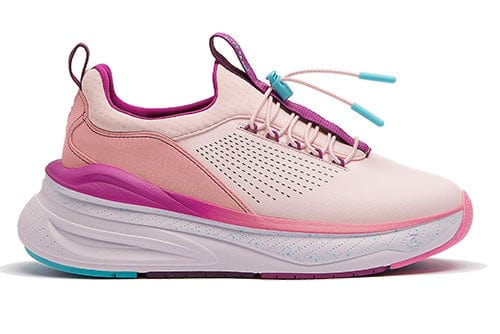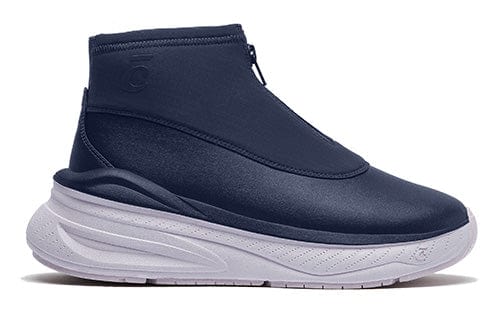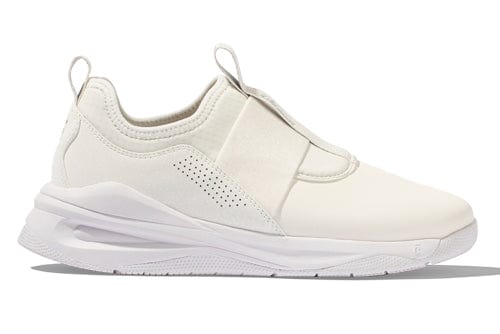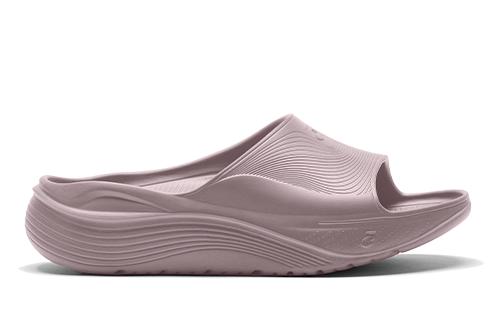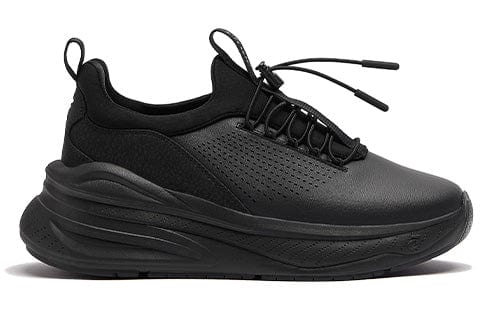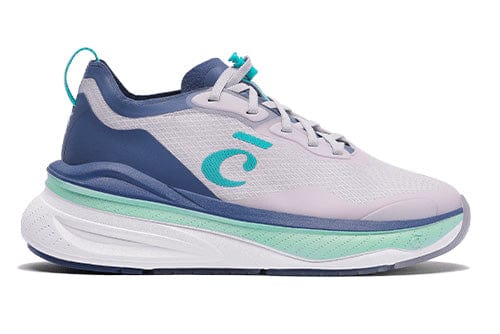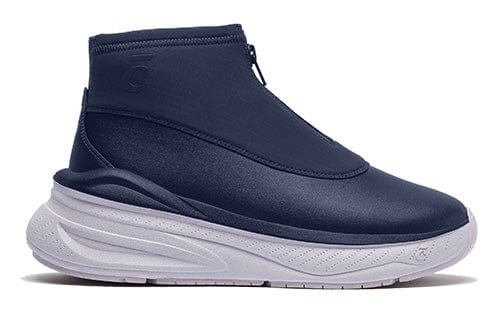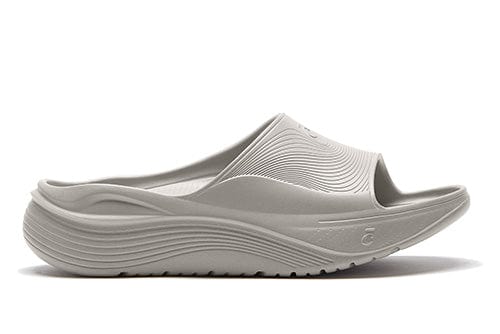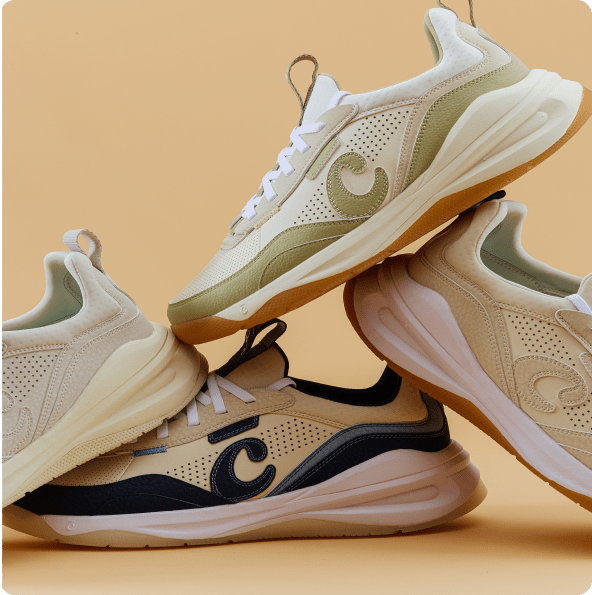How to Stand Comfortably for Long Periods
Standing may seem like one of the simplest things we do in our day, but when you’re doing it for hours at a time, it can feel like a full-body workout you didn’t sign up for. Whether you're a nurse finishing a double shift, a teacher on your feet from morning to afternoon, or a retail associate hustling through a busy store, you’ve probably asked yourself how to stand for long periods of time without hurting yourself.
The truth is, standing for long periods of time comes with its own unique set of physical challenges—and without the right strategies, it can take a real toll. The good news? With a little intention, the right gear, and small tweaks to your habits, you can learn how to stand for long periods of time without feeling like your feet, legs, or lower back are about to give out.
Let’s break it all down so you can stand tall—and comfortably—no matter what your day throws at you.
The Challenges of Standing for Long Periods
Standing sounds harmless enough, right? But when it becomes a daily routine—especially in physically demanding jobs—it starts to wear on your body in ways you might not even notice until the discomfort settles in.
How Prolonged Standing Impacts the Body
So, is standing all day bad for you? Standing still for hours without adequate movement or breaks can take a serious toll on your body—and not just your feet. Here’s a breakdown of what’s really going on beneath the surface:
- Disrupted Blood Circulation: Long hours on your feet cause blood to pool in the lower extremities, especially the feet and legs. This leads to swelling, inflammation, and that heavy, tired feeling that so many workers recognize by the end of the day.
- Muscle Fatigue and Tension: When you stand for extended periods, your calves, thighs, and lower back muscles stay engaged without relief. This sustained tension creates fatigue, soreness, and stiffness that worsens over time.1
- Spinal Pressure and Posture Strain: Gravity works against you when you’re upright for too long. Over time, it can compress the spine and throw off your alignment, leading to posture-related pain and long-term musculoskeletal problems.
- Increased Risk of Chronic Conditions: Research shows that prolonged standing is linked to lower back pain, joint strain, plantar fasciitis, and even cardiovascular stress.2 If left unaddressed, the physical effects can snowball into more serious health issues.
- Mental and Emotional Drain: The discomfort from standing long periods of time doesn’t just affect your body—it impacts your mindset too. Fatigue and foot pain can wear you down emotionally, affecting productivity, motivation, and overall mood at work.
Proper Standing Techniques to Reduce Strain
Standing may not seem like a skill that needs perfecting, but when you learn how to stand for long periods of time with the right posture, you can avoid the symptoms of standing too long, and your body, muscles, and joints will thank you.
Best Practices for Posture and Weight Distribution
Think of your posture as your foundation. If it’s shaky or uneven, the rest of your body has to work twice as hard to compensate. Here’s how to stand smart:
- Keep your weight evenly distributed across both feet. Don’t lean to one side or shift your hips forward—that puts unnecessary pressure on your knees and lower back.
- Align your shoulders, spine, and hips. Imagine a straight line running from your ears down through your ankles. That alignment helps protect your spine and keeps your core engaged.
- Slightly bend your knees instead of locking them. This small adjustment supports circulation and keeps your leg muscles active.
- Engage your core. A strong midsection offers better support for the lower back and helps hold your posture steady.
- Avoid slouching or sticking your neck forward. Keeping your chin tucked slightly and your head aligned with your spine prevents neck and upper back strain.
These small shifts might seem insignificant at first, but over hours of standing, they’ll add up to serious relief.
Make Micro Adjustments
Staying in one position too long—even with good posture—isn’t ideal. Shift your weight from one leg to the other. Rock back and forth slightly. Stretch your calves. Roll your shoulders. These subtle moves keep your blood flowing and muscles engaged, helping you fight off fatigue before it builds up.
Choosing the Right Footwear for Long Hours on Your Feet
There’s a reason footwear comes up in every conversation about standing work.
It is because the shoes you wear can either make or break your ability to stay comfortable throughout the day.
Key Features of Supportive Shoes for Prolonged Standing
The right shoes for prolonged standing offer more than just good looks. They need to:
- Support the arch and heel: Proper arch support prevents your feet from collapsing inward, reducing strain on the ankles and knees. Cushioning in the heel is essential for absorbing the impact from each step or shift in weight, helping to relieve the discomfort in your feet from standing all day.
- Provide shock absorption: High-quality insoles help absorb the stress that travels up through your feet, ankles, and legs with every hour of standing.
- Offer a wide, stable base: A stable platform gives your body balance, which helps reduce the risk of slips, falls, and muscle strain.
- Breathe well: Long hours on your feet mean sweaty feet, which can lead to discomfort and skin problems. Shoes that allow airflow keep your feet dry and more comfortable.
- Fit properly: Ill-fitting shoes—whether too tight or too loose—can cause blisters, muscle tension, and even chronic pain.
How Clove Sneakers Provide All-Day Comfort and Support
Designed for people who spend long hours on their feet, Clove sneakers are packed with thoughtful details that support comfort, performance, and style:
- Supportive footbed: With plush insoles and arch support, Clove shoes reduce pressure on key points across the foot, minimizing discomfort over long shifts.
- Easy to clean: Perfect for medical, retail, or hospitality jobs, Clove sneakers are made with fluid-resistant, wipeable materials to keep you looking professional all day long.
- Lightweight and breathable: Say goodbye to sweaty, heavy shoes. These are made for all-day wear—without that end-of-day relief sigh when you finally kick them off.
- Stylish and professional: No need to sacrifice your look. Our sneakers were designed to blend into your workplace environment while providing maximum functionality.
Additional Tips to Stay Comfortable While Standing
Mastering posture and picking the right shoes are key—no doubt. But if you really want to thrive while standing for long periods of time, you’ll need a few more tricks up your sleeve. From micro-breaks to smart daily habits, here’s how to stand comfortably from morning to night.
1. Stretch and Move
The key to keeping your muscles happy? Movement and exercise. Here are some of the things you can do:
- Stretch your calves, hamstrings, and lower back throughout the day.
- Try heel raises and toe taps to keep blood flowing.
- Alternate between standing and walking when possible to break up static time.
Even short movement breaks every 30–60 minutes can reduce fatigue and improve circulation when standing still or even sitting.
2. Use Anti-Fatigue Mats
If you work in one spot—like behind a counter or in a lab—anti-fatigue mats are a must. They provide a cushioned surface that reduces pressure on your joints and encourages micro-movements that activate your leg muscles.
3. Stay Hydrated
You might not think hydration impacts your standing endurance, but it absolutely does. Dehydration can lead to muscle cramps, fatigue, and sluggish circulation. Keep a water bottle nearby and sip throughout your shift.
4. Compression Socks
Compression socks help reduce swelling and support circulation—especially if you’re dealing with aching feet after standing all day. They’re an easy, comfortable upgrade to your daily wardrobe that makes a big impact.
5. Take Recovery Seriously
Don’t underestimate the power of recovery once the day is done. Soaking your feet, elevating your legs, or slipping into recovery slides can help relieve foot pain from standing all day and encourage faster healing. Making recovery part of your daily routine can prevent long-term wear and tear from prolonged standing.
Stand Tall, Stand Smart
Standing for long periods of time doesn’t have to mean living with discomfort. When you understand the mechanics of your body, invest in proper footwear, and build healthy habits, you’re setting yourself up for long-term wellness—even in a standing job.
Whether you’re working long shifts, attending events, or just having a lifestyle that keeps you on your feet, make it easier on your body. Explore Clove’s newest releases to find supportive footwear designed to meet the demands of standing work.
Sources:
- HingeHealth. A Physical Therapist Explains How to Prevent Back Pain from Standing All Day. https://www.hingehealth.com/resources/articles/back-pain-from-standing/
- ResearchGate. Correlation Between Prolonged Standing and Plantar Fasciitis. https://www.researchgate.net/publication/339504467_CORRELATION_BETWEEN_PROLONGED_STANDING_AND_PLANTAR_FASCIITIS




